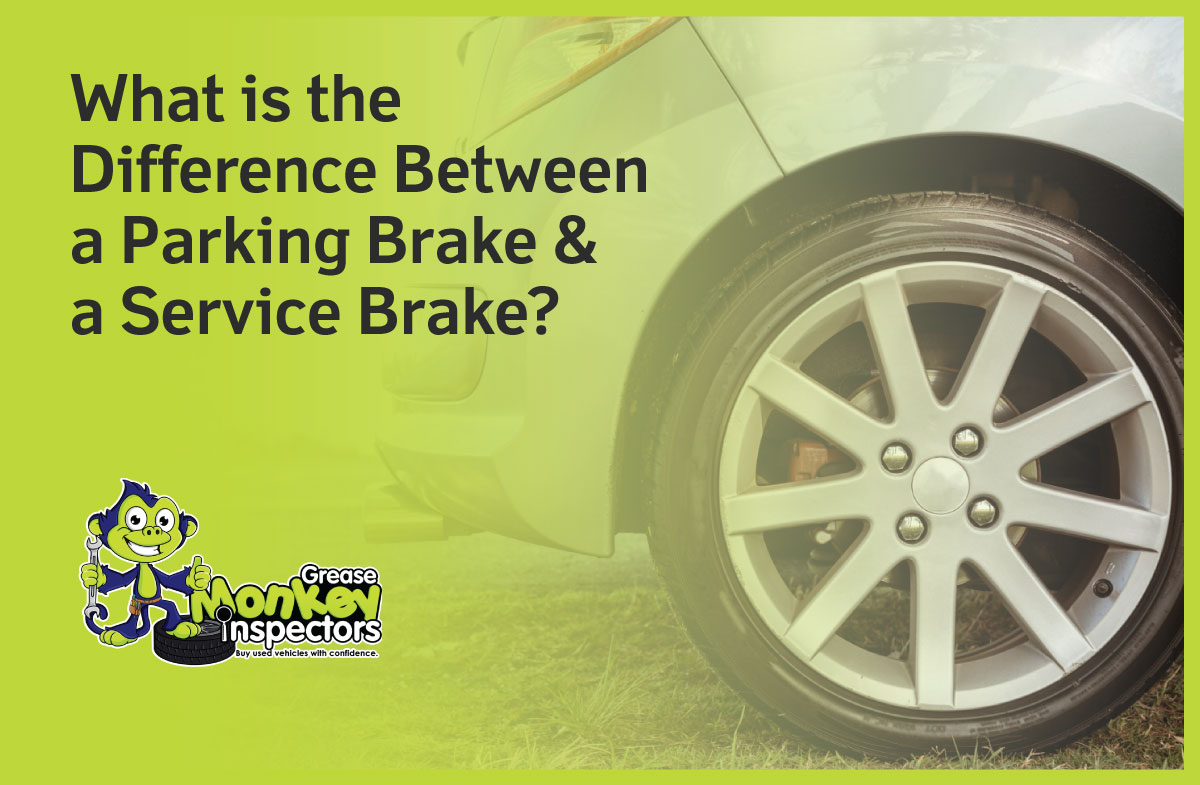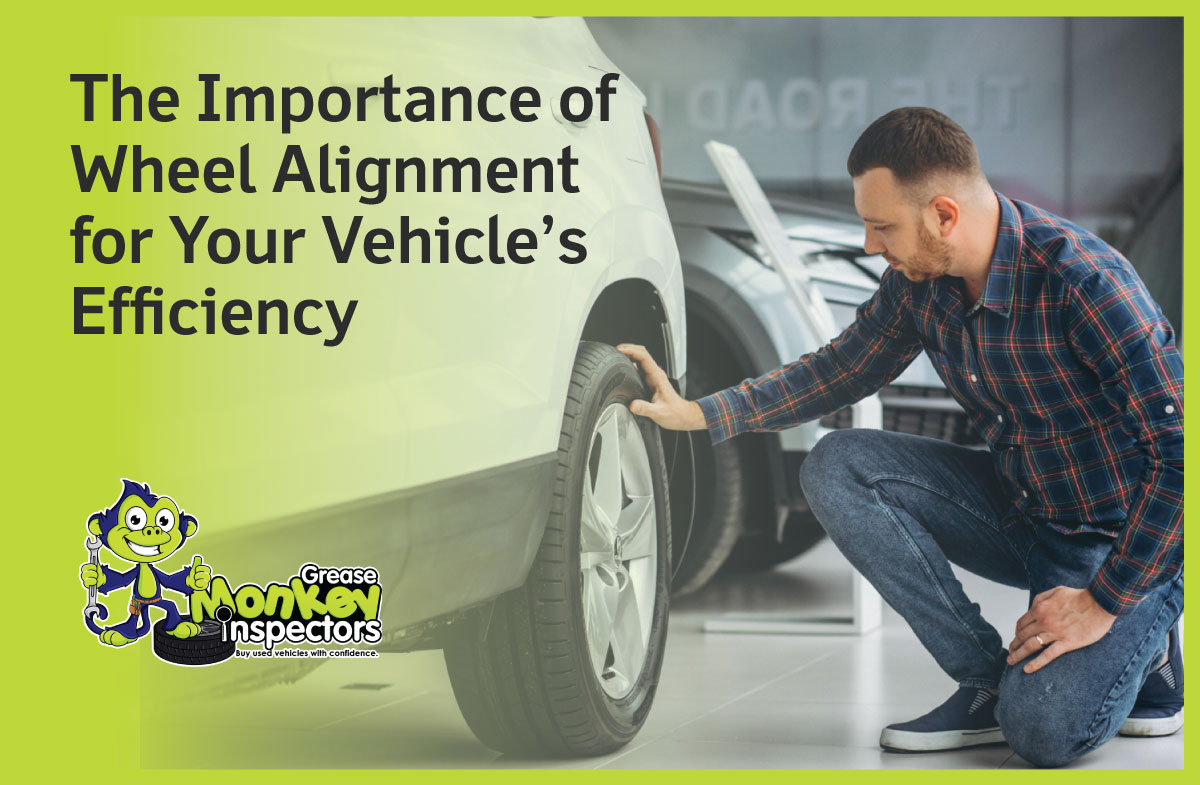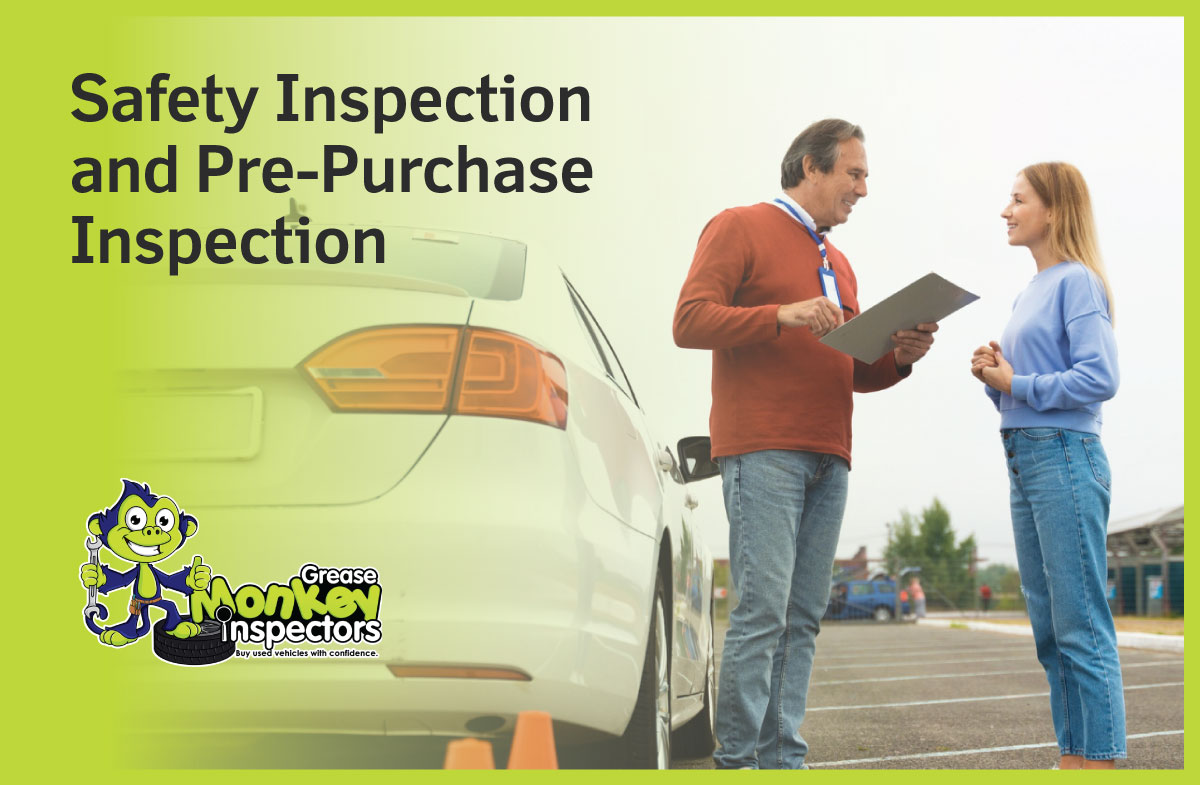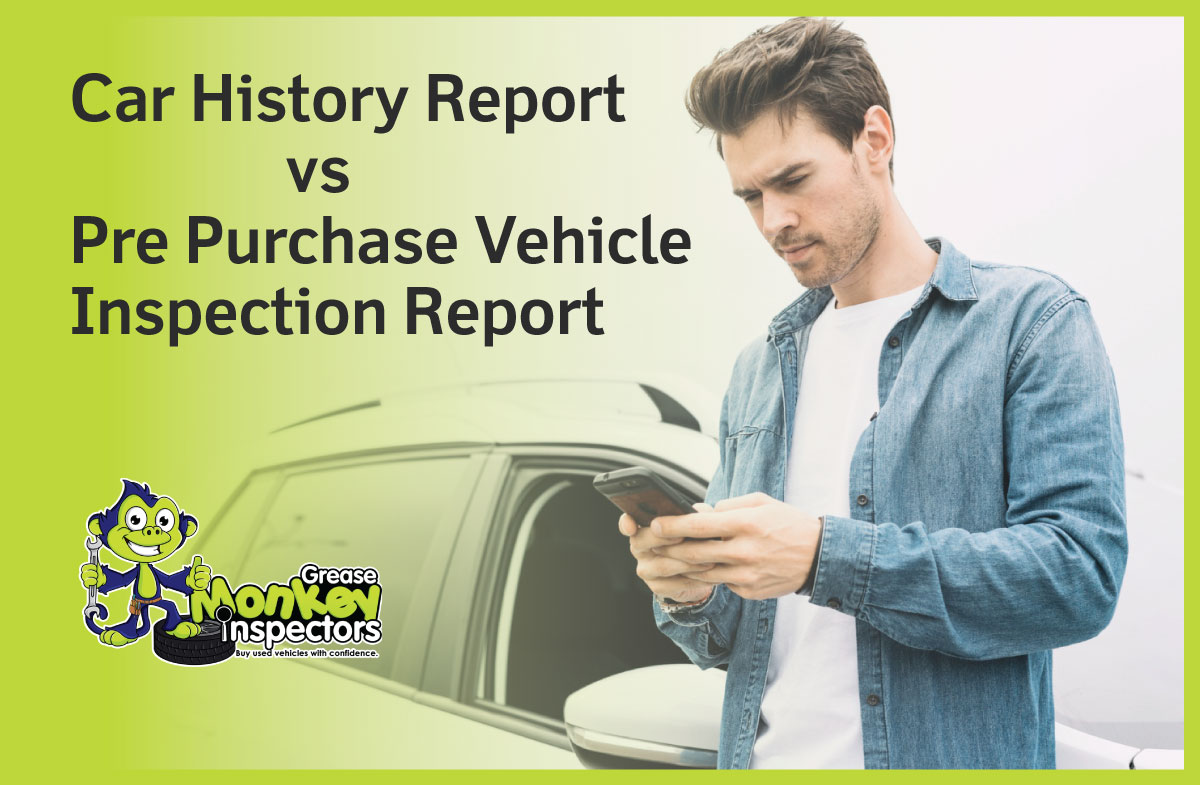Few tasks in automotive care are as critical as brake maintenance. Our vehicle’s braking system ensures safety for everyone on the road. Welcome to Greasemonkey Inspectors’ guide to mastering brake maintenance, where we explore essential insights from recognizing warning signs to managing the lifespan of your brakes.
Recognizing Warning Signs
Identifying warning signs of potential brake issues is crucial for maintaining safe driving conditions. By paying attention to these signals, we can address problems early and prevent more severe damage to our vehicle’s braking system. Here are some common warning signs to watch out for:
Squealing or Grinding Noises
Hearing high-pitched squealing or grinding noises when applying the brakes indicates that the brake pads are worn down and need replacement. Ignoring these sounds can damage the brake rotors, resulting in more extensive and costly repairs.
Soft or Spongy Brake Pedal
A brake pedal that feels soft or spongy when pressed may indicate air or moisture in the brake lines. This compromises brake performance and increases stopping distances, putting us at risk of accidents.
Vibrations or Pulsations
Vibrations or pulsations felt through the brake pedal or steering wheel during braking may signal warped brake rotors. Warped rotors cause uneven braking and reduce stopping power, necessitating resurfacing or replacement.
Dashboard Warning Lights
Modern vehicles have electronic brake wear indicators that trigger dashboard warning lights when brake pads are worn. If a brake warning light illuminates our dashboard, it’s essential to inspect the brakes promptly to determine the cause.
Burning Smell
A burning smell, especially after heavy braking, indicates overheating brake components. Overheating can lead to brake fade, where the brakes lose effectiveness due to excessive heat buildup.
Taking Action
If we experience any of these warning signs, we shouldn’t ignore them. Schedule a brake inspection with a qualified mechanic to diagnose the issue and recommend necessary brake repairs. Addressing brake problems promptly helps prevent accidents and ensures our safety on the road.
Brake Maintenance Checklist
Regular brake maintenance is essential for ensuring optimal performance and safety on the road. By incorporating routine inspections and maintenance tasks into our vehicle care regimen, we can prolong the lifespan of our brakes and prevent costly repairs. Here’s a comprehensive brake maintenance checklist to guide us:
Regular Brake Inspections
Schedule periodic brake inspections, ideally as part of routine maintenance services or before embarking on long trips. A thorough inspection should include checking the condition of brake pads, rotors, calipers, brake lines, and brake fluid.
Check Brake Pad Thickness
Measure the thickness of the brake pads using a brake pad wear indicator tool or visually inspect them for signs of wear. If they are worn down to the manufacturer’s recommended minimum thickness, replace them to maintain proper braking performance.
Inspect Brake Rotors
Examine the brake rotors’ surface for signs of uneven wear, scoring, or grooving. If they are worn beyond the manufacturer’s specifications or exhibit severe damage, they may need to be resurfaced or replaced.
Check Brake Fluid Level and Quality
Inspect the brake fluid reservoir and fill it to the recommended level. Check the color and clarity of the brake fluid; contaminated or discolored brake fluid indicates moisture or debris contamination and should be flushed and replaced.
Test Braking
Test the operation of the brakes by performing a series of controlled stops in a safe, open area. Pay attention to any unusual noises, vibrations, or brake pedal feel during braking, as these may indicate underlying issues.
Address Any Issues Promptly
If we identify any issues during the brake inspection, such as worn brake pads or leaking brake fluid, address them promptly. Delaying necessary repairs can further damage the braking system and compromise safety on the road.
Extending Brake Lifespan
While regular maintenance is essential for preserving our brakes, adopting certain driving habits and maintenance practices can help extend their lifespan even further. By implementing these strategies, we can maximize the performance and durability of our braking system. Here are some tips for extending the lifespan of our brakes:
Drive Smoothly
Avoid aggressive driving behaviors such as hard braking, rapid acceleration, and sudden stops. Smooth, gradual braking allows our brakes to dissipate heat more efficiently and reduces wear on brake components.
Anticipate Stops
Look ahead and anticipate stops or slowdowns. This allows us to brake gradually and avoid sudden, heavy braking. Maintaining a safe following distance from the vehicle in front gives us more time to react and brake smoothly.
Coast When Possible
When approaching a stop sign or traffic light, consider coasting to slow down before applying the brakes. Coasting reduces the reliance on brakes and minimizes wear, especially during prolonged driving.
Avoid Overloading Your Vehicle
Avoid exceeding our vehicle’s maximum weight capacity, as overloading puts additional strain on the brakes. Distribute cargo evenly within the vehicle to maintain balanced weight distribution and reduce the brake workload.
Regularly Clean Your Brakes
Remove accumulated dirt, dust, and debris from the brakes regularly to prevent them from becoming trapped between brake pads and rotors. Use a soft brush or compressed air to clean brake components without damaging them.
Follow Maintenance Schedule
Adhere to our vehicle’s manufacturer’s recommended maintenance schedule, which includes brake inspections and fluid flushes. Regular maintenance helps identify potential issues early and ensures our brakes function optimally.
Upgrade to High-Quality Brake Components
Consider upgrading to high-quality brake pads, rotors, and brake fluid to improve braking performance and durability. High-performance brake components offer better heat dissipation and wear resistance, extending the lifespan of our brakes.
Professional Brake Services
While DIY maintenance and basic inspections are valuable, there are times when professional expertise is necessary to ensure the safety and reliability of our vehicle’s braking system. Greasemonkey Inspectors offers comprehensive professional brake services to keep our brakes in top condition. Here’s an overview of the brake services we provide:
Brake Inspections
Our skilled technicians conduct thorough brake inspections to assess the condition of our braking system. We examine brake pads, rotors, calipers, brake lines, and brake fluid to identify any signs of wear, damage, or leaks.
Brake Repairs
If we detect any issues during the inspection, we offer expert brake repair services to address them promptly. Whether replacing worn brake pads, resurfacing brake rotors, or repairing brake fluid leaks, our team is equipped to handle all brake repairs. This ensures our vehicle maintains optimal stopping power and safety.
Brake Replacements
When brake components are worn beyond repair or have reached the end of their lifespan, we offer professional brake replacement services. We use high-quality replacement parts and follow manufacturer specifications to ensure optimal braking performance and safety.
Brake Fluid Flushes
Brake fluid plays a critical role in maintaining proper brake function, but it degrades over time due to moisture absorption and contamination. We offer brake fluid flush services to replace old, contaminated fluid with fresh fluid, helping to restore brake performance and prevent brake system failures.
At Greasemonkey Inspectors, we’re dedicated to providing expert brake services and ensuring the safety and reliability of our vehicle’s braking system. From inspections and repairs to replacements and upgrades, our team of skilled technicians is here to help every step of the way.
Take your time. Schedule a brake inspection with us today and experience the difference that professional brake maintenance can make. Our safety is our priority, and we’re committed to keeping us moving forward with confidence.
For more information about our inspection packages, visit our Inspections Packages page.










